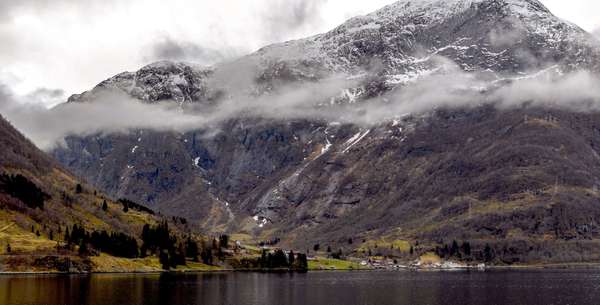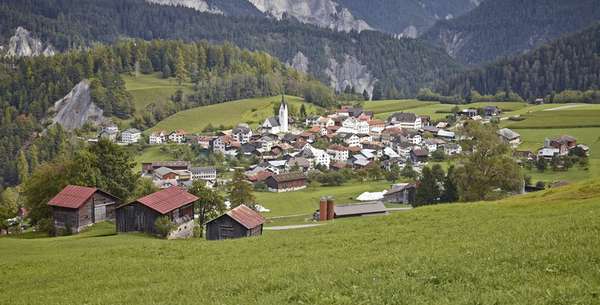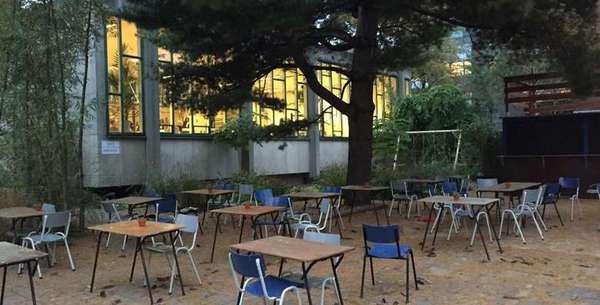Idea by
Stephanie Kyuyoung Lee
Office of Human Resources
http://www.officeofhumanresources.com
Call for ideas 2020
Agro Commune
Agro Commune

- Systemic changes
Foreign corporations are vehemently irrigating rural corners of sub-Saharan Africa, displacing local smallholders from their land to secure stable supplies for the rest of the world. Following the global food crisis of 2007-2008, there has been an exponential amount of large-scale land acquisition in Africa. Foreign “land grabs” are redrawing the global map of farmland ownership as foreign direct investments continue the legacy of colonization. Western, Chinese, and Middle Eastern companies are leading a 21st-century land rush in African farmland where more than a hundred million acres are under a 99-year lease. Greenhouse colonies have become architectural representations of these unequal exchanges fostered by global capitalism.
The five scroll mural (included in work samples) highlights systems of rural development and ecological resilience. The visual mural detailed phases of geographical expansion, connecting local farmers to a larger co-operative base.

The production system of Kenyan floriculture is a complex web of biological, mechanical and socioeconomic relationships. The former British Colony is one of the biggest suppliers of bouquets to Europe. Heavily monopolized by Dutch corporations, the multimillion-dollar cut-flower industry accounts for 35% of all flower sales in the European Union. However, 90 percent of the farm operations are foreign-owned. Scroll #1 describes future rural conditions based on research on social farming.

Scroll #2 describes the Safari Condition and local flower production near lake Naivasha. National Safari tourism dominates the local economy next to its floricultural production.

Scroll #3 detailing Industrial Condition and local flower production

Scroll #4 detailing Lake Naivasha's Condition and local tourism

Scroll #5 Site Plan at farm-scale (based on existing Aquila Farm) and global flower trade system from Westland, Netherlands.
Agro Commune
Agro Commune

- Systemic changes
Foreign corporations are vehemently irrigating rural corners of sub-Saharan Africa, displacing local smallholders from their land to secure stable supplies for the rest of the world. Following the global food crisis of 2007-2008, there has been an exponential amount of large-scale land acquisition in Africa. Foreign “land grabs” are redrawing the global map of farmland ownership as foreign direct investments continue the legacy of colonization. Western, Chinese, and Middle Eastern companies are leading a 21st-century land rush in African farmland where more than a hundred million acres are under a 99-year lease. Greenhouse colonies have become architectural representations of these unequal exchanges fostered by global capitalism.
The five scroll mural (included in work samples) highlights systems of rural development and ecological resilience. The visual mural detailed phases of geographical expansion, connecting local farmers to a larger co-operative base.

The production system of Kenyan floriculture is a complex web of biological, mechanical and socioeconomic relationships. The former British Colony is one of the biggest suppliers of bouquets to Europe. Heavily monopolized by Dutch corporations, the multimillion-dollar cut-flower industry accounts for 35% of all flower sales in the European Union. However, 90 percent of the farm operations are foreign-owned. Scroll #1 describes future rural conditions based on research on social farming.

Scroll #2 describes the Safari Condition and local flower production near lake Naivasha. National Safari tourism dominates the local economy next to its floricultural production.

Scroll #3 detailing Industrial Condition and local flower production

Scroll #4 detailing Lake Naivasha's Condition and local tourism

Scroll #5 Site Plan at farm-scale (based on existing Aquila Farm) and global flower trade system from Westland, Netherlands.




